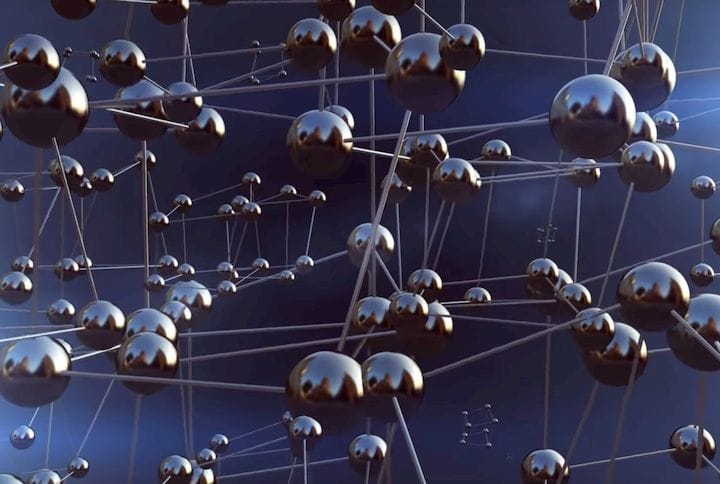![Isaac Arthur discusses the possible future of 3D printing [Source: YouTube]](https://fabbaloo.com/wp-content/uploads/2020/05/image-asset_img_5eb0a025f2e24.jpg)
A speculative video discusses some of the issues 3D printing may face in the distant future.
The video, entitled “The Santa Claus Machine”, is by futurist Isaac Arthur. Arthur has been publishing provocative videos each week on a wide array of technology matters, usually focusing on the theoretical limits of what a technology could or could not do in the distant future given unlimited resources.
Usually his works focus on mega-scale engineering projects like Dyson Swarms, planetary-scale computing or the Fermi Paradox, and all are quite compelling, as he seems to have a unique way of bridging between the worlds of science fiction and reality in a sensible manner.
But this week Arthur focused on 3D printing technology in his Santa Claus Machine video:
The “Santa Machine” is nomenclature for 3D printing I have not seen previously, but it makes sense: a machine that can provide you with anything, just like Santa Claus. Aside from that analogy, Arthur’s video is quite serious and points out a number of fundamental challenges for 3D printing in the distant future.
Arthur proposes that we may never see true molecular-based 3D printing, in which single molecules might be moved about individually to gradually form any conceivable object. While one might object to that notion right off the bat due to its ambitious goals, that is not unlike many theoretical matters discussed by Arthur in his numerous other videos.
Arthur points out several key limitations.
One is the computing required to manage the precise alignment of literally trillions of molecules that might be found in any common object. This is a non-trivial matter that may never be overcome.
He points out that if you designed an extremely tiny mechanism to grab and position an atom or molecule, the material would most likely stick to the actuator due to the fundamental forces of nature – and there’s no going around them.
At atomic and molecular scales, movement is the equivalent of heat. Thus if you are to build an object with many molecules quickly, you will be moving the molecules and creating heat. Lots and lots of heat. He suggests there may be a fundamental limit to the speed at which objects could be created because of this principle.
On the other hand, he believes it is likely possible for nano machines to build very small nano machines of different types, as such limitations are not always encountered at small scales.
He discusses the idea of evil things happening either purposely or by accident. The classic example is the “gray goo” problem, where a nanomachine is designed to make a duplicate of itself, and somehow it is loosed upon the world, where it gradually replaces all matter on and in the Earth to “gray goo”. There are other issues of criminality discussed, with few good answers.
Readers of this publication might be interested in watching this provocative piece, as it hints at some of the fundamental limitations of 3D printing that may be encountered as the trajectory of technology progress advances.
Via YouTube











No one seems to offer collaborative 3D printing modes on dual extrusion devices. We explain why this is the case.